
Letter to Secretary of State re EDI in science
Online survey BOS
✉️ Some science 🧪 buddies and I have written an open letter to the UK government, strongly opposing their “kicking woke ideology out of science” sentiments, which stand to damage the UK’s scientific standing and ability to deliver for public good.
Please read and consider signing ✍🏻
t.co/H7rNzb0wGh
06.10.2023 12:05 — 👍 413 🔁 296 💬 43 📌 53
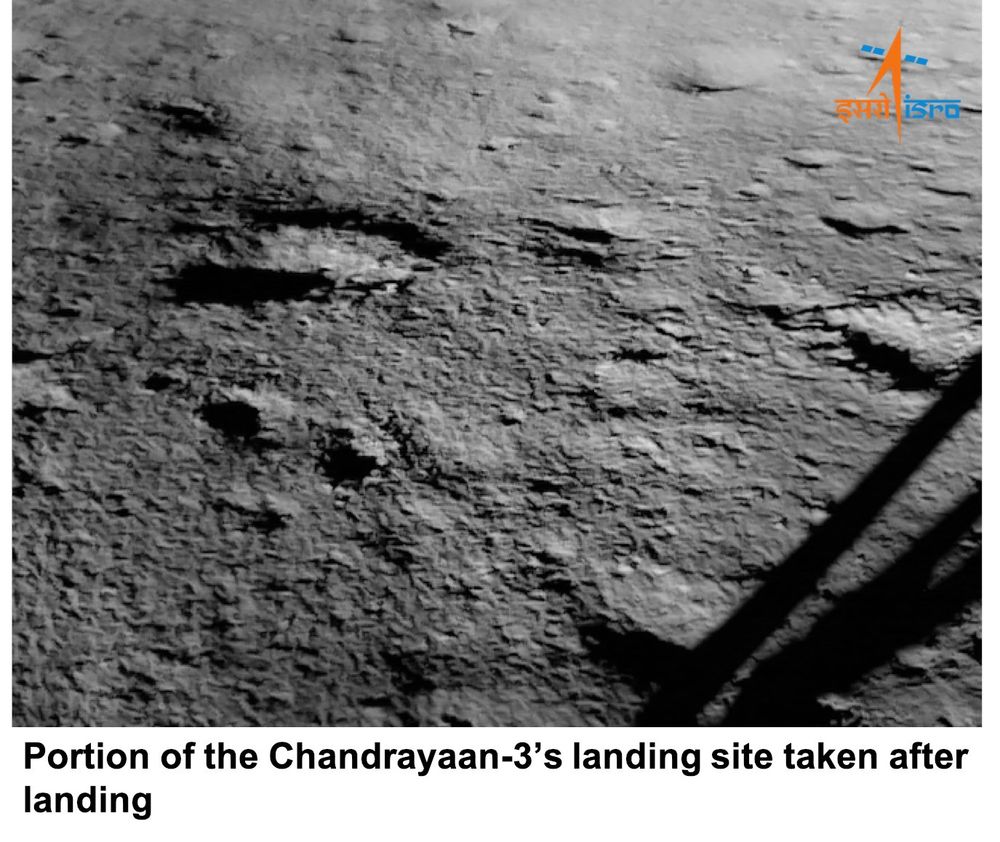
Post-landing image from Chandrayaan-3, from the official ISRO birdsite account.
23.08.2023 16:08 — 👍 38 🔁 10 💬 0 📌 2
You can catch me live on TalkTV in ~15 minutes providing some live comment on the landing attempt by Chandrayaan-3.
23.08.2023 12:14 — 👍 1 🔁 0 💬 0 📌 0
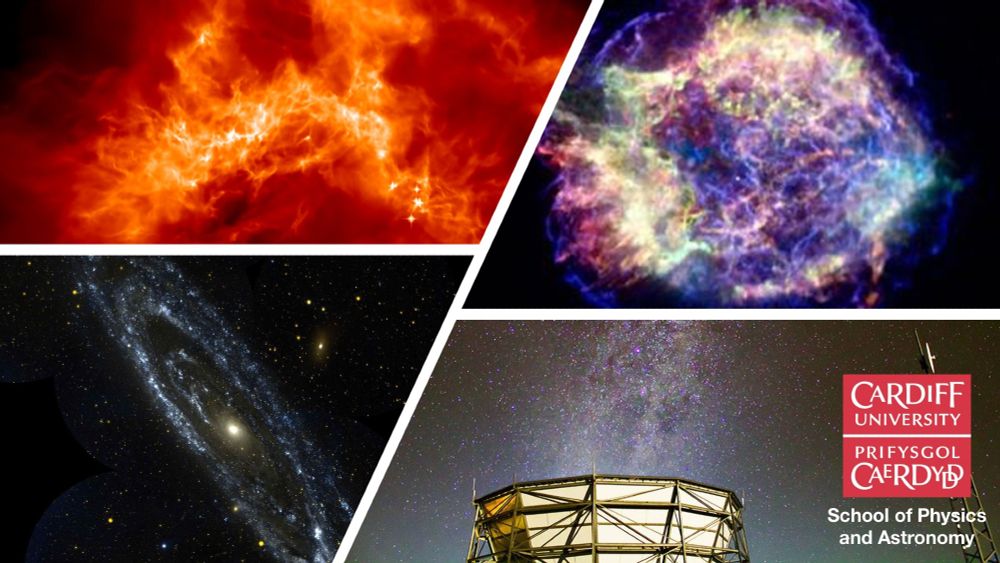
🔭 Are you on the postdoc job market? Interested in star formation in nearby galaxies with JWST? Apply for this postdoc with my wonderful colleague Dr Ana Duarte Cabral! Deadline 15th Sept. Two years (+possibility of extension) https://tinyurl.com/2vyaryxa
21.08.2023 09:57 — 👍 15 🔁 6 💬 0 📌 0
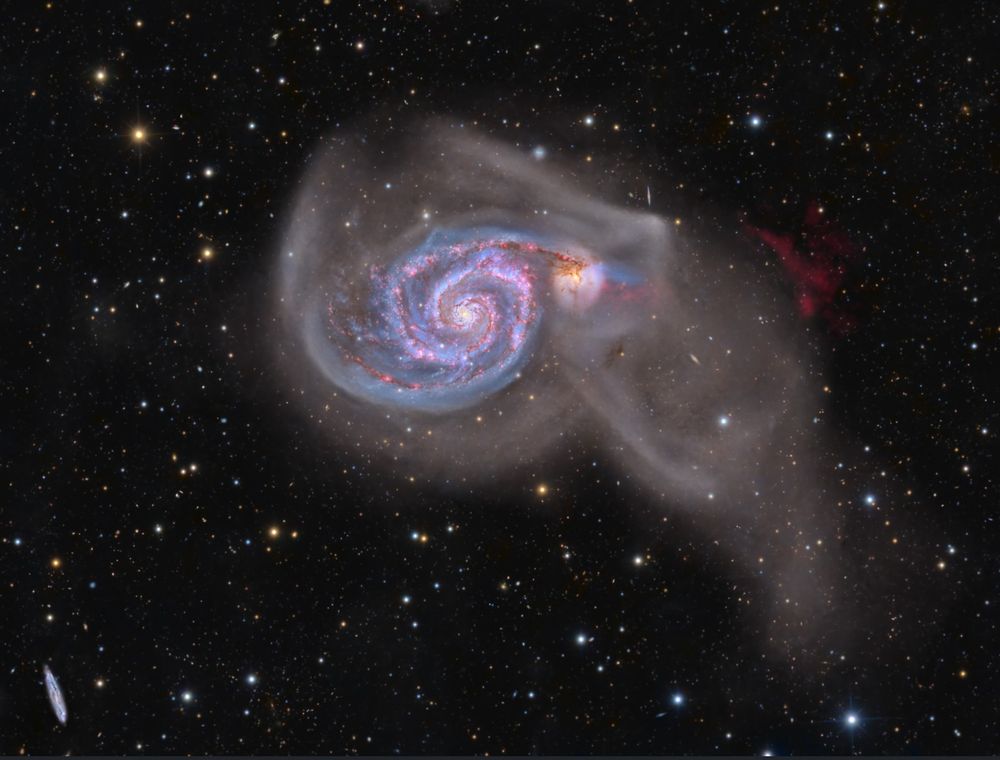
a large, spiral galaxy in the centre of the image, with wispy and diffuse nebulosity surrounding it and trailing off to the lower right. In the background are many stars of different colours, and a narrow cigar-shaped galaxy in the distance.
Wow! 16 pro-amateur astrophotographers imaged the Whirlpool Galaxy, then combined their data to produce an image with 255 hours integration time. This is the result. 🧪🔭
Credits and results in here: https://www.astrobin.com/7hwtz0/?fbclid=IwAR1pAzvCnwViMAZebbwJ0ypUHmzZ9YFLWNyM_ZMT8Id1W_nRcix5A7ajLRg
09.08.2023 22:59 — 👍 133 🔁 45 💬 12 📌 8
I was wondering the same. I dont see any emoji options when looking on my mac...
10.08.2023 11:02 — 👍 0 🔁 0 💬 1 📌 0
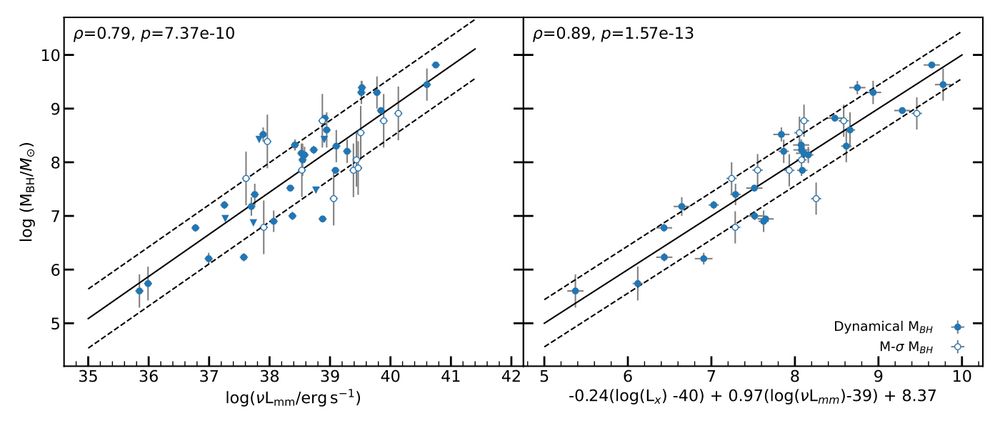
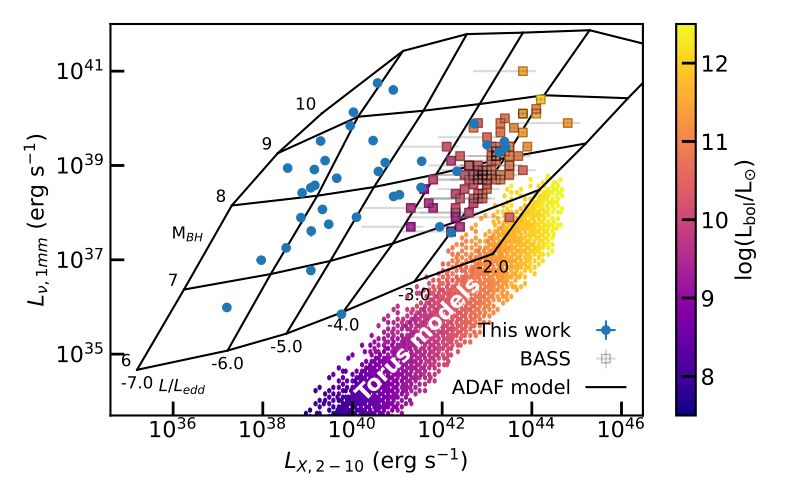
A graph showing the mm-luminosities and X-ray luminosities of our sample galaxies, with the results of classical torus models and ADAF models overplotted. The torus models underpredict the mm luminosity of our sources by >2 orders of magnitude, while the ADAF grid explains them much better
Recently group member Ilaria Ruffa had an exciting new paper hit the arXiv. We find the existence of a 3D plane connecting the masses of supermassive black holes to their nuclear millimetre and X-ray luminosities, in our sample of AGN! Check it out here https://arxiv.org/abs/2307.13872
04.08.2023 14:00 — 👍 7 🔁 0 💬 0 📌 0
Even worse (or better!): mJy/beam :-)
04.08.2023 09:08 — 👍 3 🔁 0 💬 1 📌 0

Exciting news today, as my institution has finally allowed me to learn to read, after years of only (seniorly) lecturing. Looking forward to tackling my to-read pile now!
01.08.2023 16:34 — 👍 6 🔁 0 💬 1 📌 0
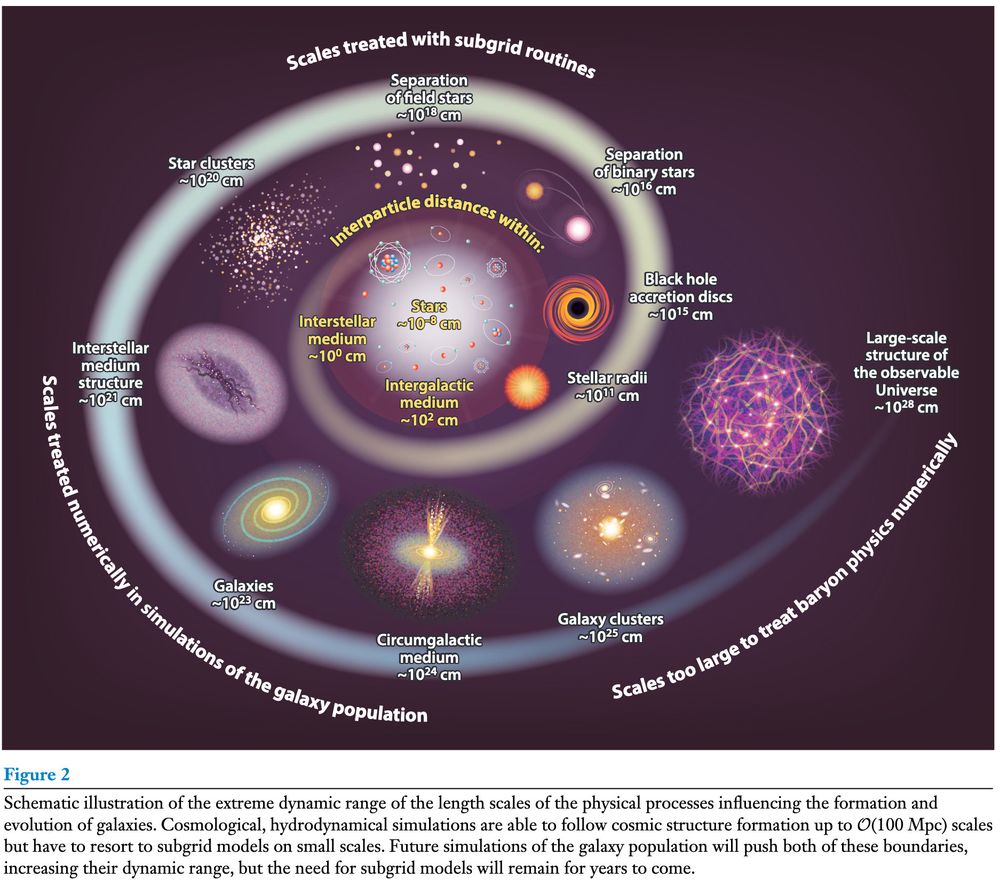
Figure 2 from Crain & van de Voort 2023. Caption:
Schematic illustration of the extreme dynamic range of the length scales of the physical processes influencing the formation and evolution of galaxies. Cosmological, hydrodynamical simulations are able to follow cosmic structure formation up to O(100 Mpc) scales but have to resort to subgrid models on small scales. Future simulations of the galaxy population will push both of these boundaries, increasing their dynamic range, but the need for subgrid models will remain for years to come.
Great summary figure from Crain & van de Voort (2023) review of hydrodynamic simulations showing length scales from stellar interiors to the size of the Universe, along with regimes where baryonic physics can be treated explicitly versus approximately in simulations. 🧪🔭https://tinyurl.com/y3shhxft
26.07.2023 20:52 — 👍 9 🔁 8 💬 0 📌 0
How do you do a thread here? Or do you just have to post each, and reply to yourself?
27.07.2023 12:59 — 👍 0 🔁 0 💬 0 📌 0
I saw someone say that's a current bug indeed.
27.07.2023 10:34 — 👍 1 🔁 0 💬 0 📌 0
They seem to be under "My Feeds" on the left.
27.07.2023 10:01 — 👍 0 🔁 0 💬 1 📌 0
Psst... new skeeters... do you like astronomy? Then you should check out the astronomy feed!
25.07.2023 06:31 — 👍 79 🔁 49 💬 6 📌 3
Made the leap over. Thanks, @spacedramber.bsky.social for the invite!
21.07.2023 11:16 — 👍 3 🔁 0 💬 1 📌 0
💫Astrophysics+ESO Postdoc+Star and planet formation 🪐+christian
Astrophysicist at the University of St Andrews. I like to think about large scale structure, galaxies, inclusive pedagogy, and higher education. I also like cake, chips, running, and Pearl Jam.
http://ritatojeiro.co.uk
(he/him)
Astrophysicist working on star formation and the interstellar medium. Oort Fellow @Leiden. Previously PhD @ANU Australia
Astronomer and associate professor at the University of Western Australia.
Reader in observational astrophysics. Parent. From Amsterdam, living in Liverpool <3
Professor for Astrophysics at LMU Munich. www.til-birnstiel.de
Audible Astrophysics :: Galaxy Formation & Evolution - Research Fellow at the Institute of Cosmology & Gravitation, University of Portsmouth UK
- audiouniverse.org
- github.com/james-trayford/strauss
- https://james-trayford.github.io/
Dr Beatriz Mingo. Radio/X-ray astronomer and sustainability enthusiast. Ernest Rutherford Fellow livin' la vida LOFAR at the University of Hertfordshire (UK). European 🇪🇺 Cat minion 🐈 Metalhead 🤘 She/them 🏳️🌈.
Same handle on Mastodon!
Assistant Scientist at Green Bank Observatory, radio astronomer, studies radio galaxies and galaxy clusters, triathlete, traveler
AI Engineer - Astrophysicist - Data Scientist. MA Harvard, MSc BostonU, Ph.D. (c) CSU, Columbia Astro RT≠endorsements http://LadyOscar.com
Researching European foreign policy and the global South. PhD in Politics and International Relations, EUI, Firenze. Author of: Why Europe Intervenes in Africa (Hurst 2017, OUP 2018); European Foreign and Security Policy (University of Toronto Press 2010).
Fellow at University of Hertfordshire
Astronomer @ESO - @ERC WANDA group -
views my own
Physicist, musician, other things. I'll probably mainly post about the other things.
Astronomer, data scientist, underqualified programmer
Senior Lecturer in Data Science and Astronomy at the University of Hertfordshire
Assistant Professor in astronomy in Paris, working on distant galaxies with big computers. Posts in fr/en/f90. He/him.
Austrian Astronomer -- Jansky Fellow at NRAO | exploring the space between stars in nearby galaxies 🔭 | Did my PhD at Uni Bonn & IMPRS | BA BSc MSc at Uni Wien 🇦🇹 | misses Marillenknödel
Astrophysicist at Lancaster University. Mainly galaxy evolution, environment and feedback. Recent foray into machine learning and icebergs.
Prof. of Astronomy and Physics, Haverford College. PI of Galaxy Zoo. Radio astronomer. Check out my latest book “The Astronomers Library” about books, libraries and astronomy - three of my favourite things. Brit/US.








